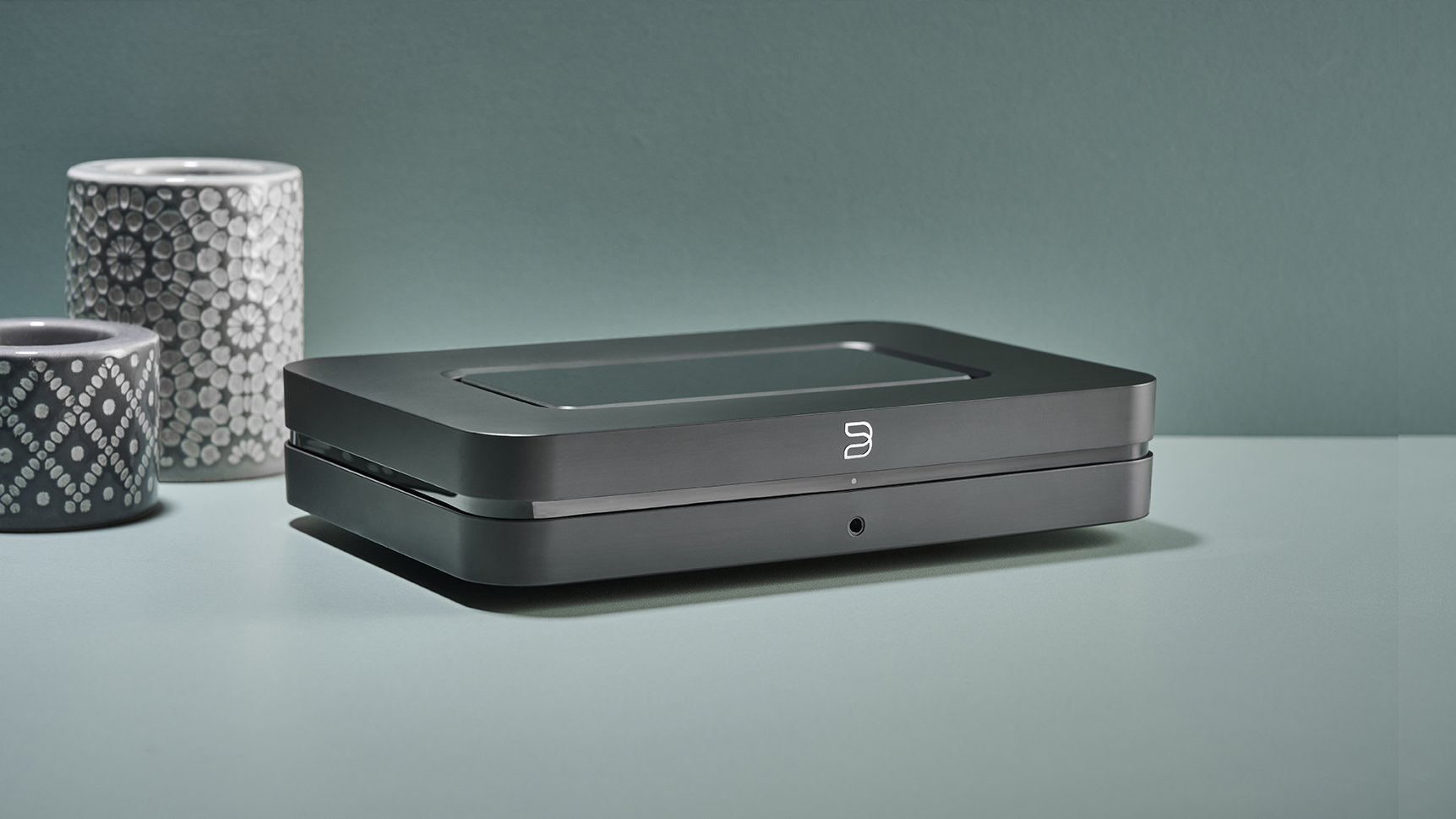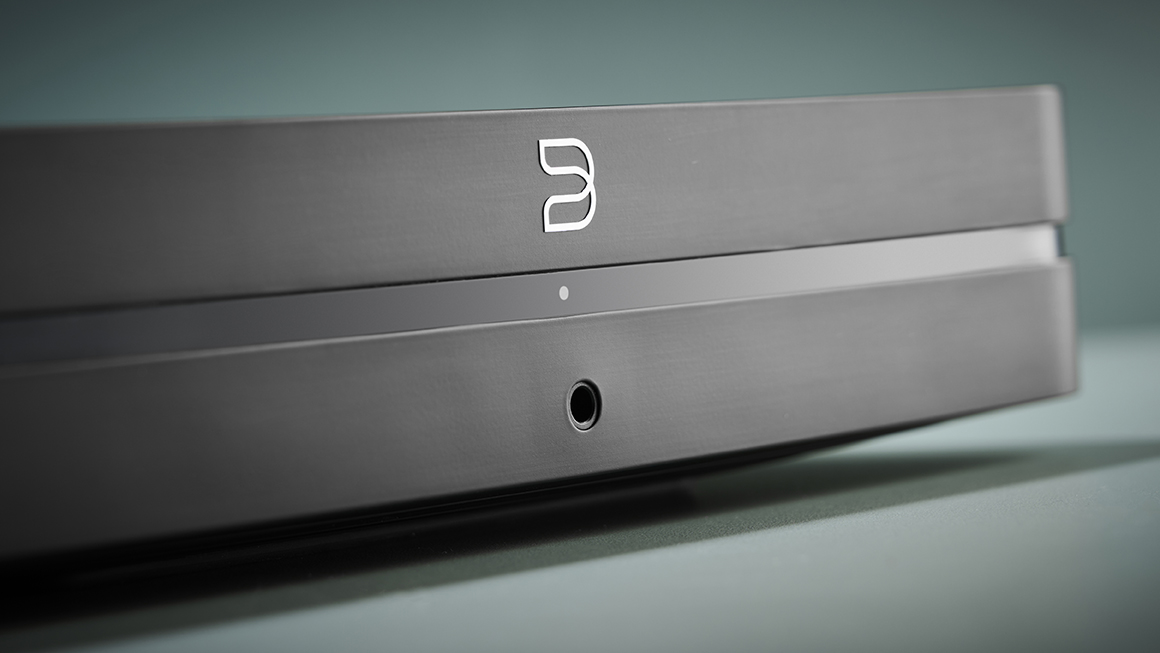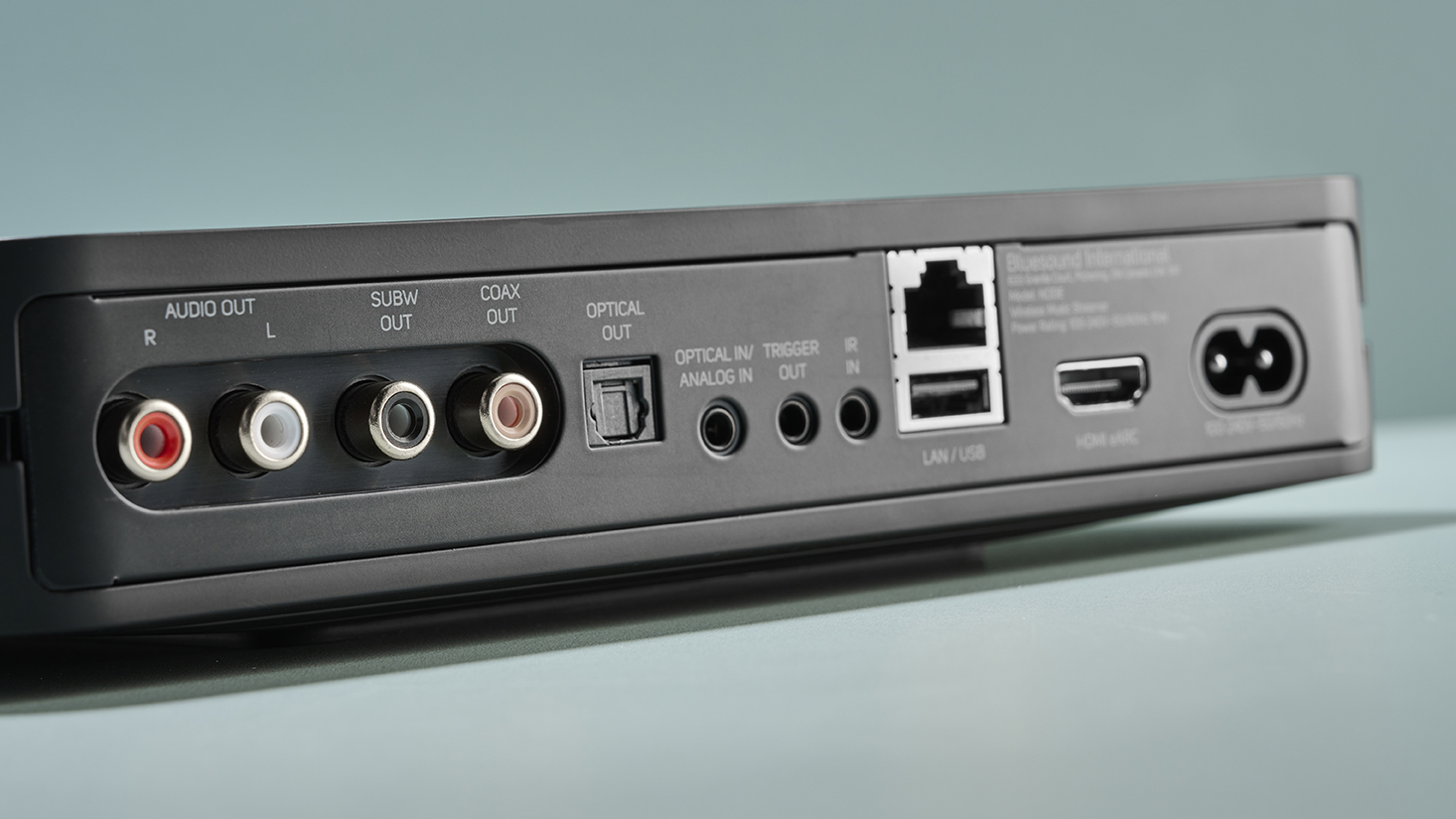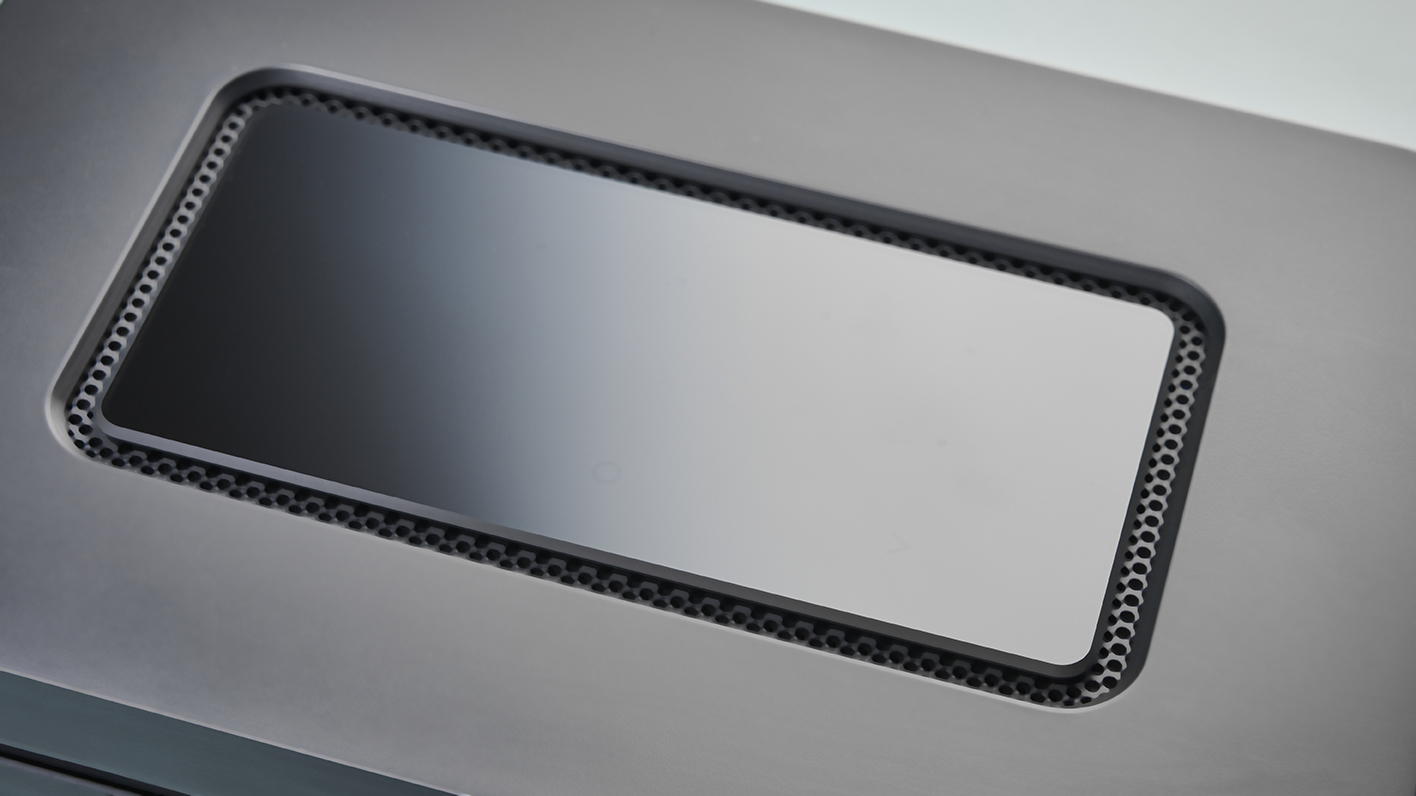
Bluesound got in on the ground floor of high-resolution audio streaming, at least where the mass market is concerned: its original Node was launched back in 2014, and very effective it was too. So much so that inspired more than one or two imitators among the best streaming DACs available.
Kicking back against said competition, Bluesound's streamer is now in its third-generation form. But does this latest Node have what it takes to maintain Bluesound’s position and pre-eminence?
Bluesound Node: Price & Availability
The Bluesound Node is on sale now, and in the United Kingdom it sells for a very aggressive £449. In the United States it goes for $499. In Australia you should expect to pay AU$999.
That’s an eye-catching price, for sure. But it’s not as if Bluesound has the field clear at this sort of money. In fact, well-regarded products from Cambridge Audio (MXN10) and WiiM (Pro Plus) are ready to undercut the Node either a little or a lot. Being an originator will only carry you so far, after all…
Bluesound Node review: What's new?

As far as connectivity and specification in general is concerned, the word I’m inclined to use here is ‘ample’. There are numerous options for getting audio content into the Node, and once it’s there it’s dealt with in very thorough fashion.
So the chassis features an Ethernet input, a USB-A slot, an HDMI eARC socket and a hybrid 3.5mm socket that can function either as an analogue or a digital optical input. Outputs extend to stereo RCAs (fixed or variable), digital optical and digital coaxial (for use with an offboard DAC), a 3.5mm headphone output and a pre-out for a subwoofer.
Wireless stuff is taken care of by dual-band Wi-Fi and Bluetooth with aptX HD codec compatibility, and Apple AirPlay 2 is available too. It’s two-way Bluetooth, by the way - the Node is as happy to act as a transmitter as it is a receiver.
Incoming digital audio content is dealt with by a 32bit/384kHz DAC that offers compatibility with every popular file type as well as some of the more esoteric alternatives - its FLAC and MQA support are your most obvious routes into high-resolution audio streaming here.
Bluesound has also upgraded the processors over the second-generation Node, meaning this model is more powerful, more responsive and more stable. That’s the theory, anyway.
Bluesound Node review: Performance

It doesn’t matter if you decide to listen to music via the Node with it hard-wired into your existing audio system, or streaming wirelessly to an appropriate speaker somewhere in your home, or even to a pair of the best wireless headphones. In every circumstance, from every input and with every style of music, the authority the Node exerts over your recordings is, to all intents and purposes, the same. It’s an impressively and enjoyable accomplished listen, where every aspect of music reproduction is concerned.
It’s an impressively agnostic device, too. In every circumstance, the Node makes the most of your music: whether it’s an MQA file of some thumping dance music via Tidal, a compressed Spotify file of some vocal-centric stuff, or a Qobuz-derived hi-res file of some colourful-and-complicated jazz, it’s all meat and drink to the Bluesound.
Its powers of resolution are considerable, its ability to organise a recording is obvious (so timing sounds natural and organic), and its powers of detail retrieval are a match for any price-comparable rival. And its ability to extract the smallest subtlety of a recording, the most minor harmonic variation, whether in a vocal inflection or the intensity of a piano-key strike, is enough to turn a quick listen into an all-night session.
No matter if it’s some lo-fi indie stylings or high-gloss radio-friendly stuff, the Node makes the best of it. It’s poised and balanced where tonality is concerned, it has the sort of dynamic headroom that can put a huge distance between ‘whispered heartbreak’ and ‘almighty charge into the final chorus’, and it can do so in an instant.
Its low-frequency reproduction is rich and well-controlled, which means it expresses rhythms convincingly. Its top end shines benignly, balancing attack with substance in a completely convincing manner. And in between, it communicates with real eloquence, giving vocalists every opportunity to express their character and their attitude.
All of this happens on a big, well-defined and spacious soundstage, too. The Node has no problem establishing a wide, deep stage, and organises each individual element of a recording in a wholly believable and easy-to-follow manner.
Bluesound Node review: Design & Usability

There’s ‘understated’, and then there’s the Bluesound Node. It’s a compact (46 x 220 x 126mm) and almost featureless box (save for the ‘Bluesound’ logo on the front panel). It’s available in black or white, and the standard of build and finish is beyond reproach.
At least, it’s featureless until you get quite close to it. Proximity sensors illuminate a few controls on its top panel - and these allow you to control volume with a sliding motion, skip forwards or backwards through your content, and access one of the five presets you may have assigned.
The majority of your interaction, though, is sure to take place via the BluOS control app that’s free for iOS and Android. It’s quite clean and stable (save on the few occasions when it’s flustered by being open at the same time as, say, the Spotify app), and is logical enough to navigate. It allows you to integrate your Node into a wider BluOS multi-room system, access internet radio stations and so on.
Both the Amazon Alexa and Google Assistant apps now feature BluVoice skills - so voice control is available for those of us who enjoy shouting in order to get their bidding done.
Bluesound Node review: Verdict

Want to add streaming smarts to an existing system? Fancy a bit of multi-room convenience? Want excellent sound quality from a product that’s small enough to tuck away and isn’t inclined to draw attention to itself?
Well, you're in luck. Three generations in, the Bluesound Node is one of the most appealing and cost-effective ways to turn your audio system into a music-streaming system.
Also consider
The Cambridge Audio MXN10 follows the established Node template of minimalism (both in terms of dimensions and aesthetic), features a control app that’s a little less truculent than BluOS, and sounds slightly different, rather than especially better or worse. It’s only available in Cambridge's signature silver, mind you.







